In MDX, we can CROSS JOIN two members, a measure and a member but not two measures. Why is this so? What does it imply?
SELECT
[Measures].[xyz] * [DimTable1].[SomeHierarchy].[Level] on 0,
[DimTable2].[SomeOtherHierarchy].&[Value] on 1
FROM [MyCube]
// WORKS
SELECT
[Measures].[xyz] on 0,
[DimTable2].[SomeOtherHierarchy].&[Value] * [DimTable1].[SomeHierarchy].[Level] on 1
FROM [MyCube]
// OF COURSE IT WORKS
SELECT
[Measures].[xyz] * [Measures].[ABC] on 0,
[DimTable1].[SomeHierarchy].&[Value] on 1
FROM [MyCube]
// DOES NOT WORK!!



